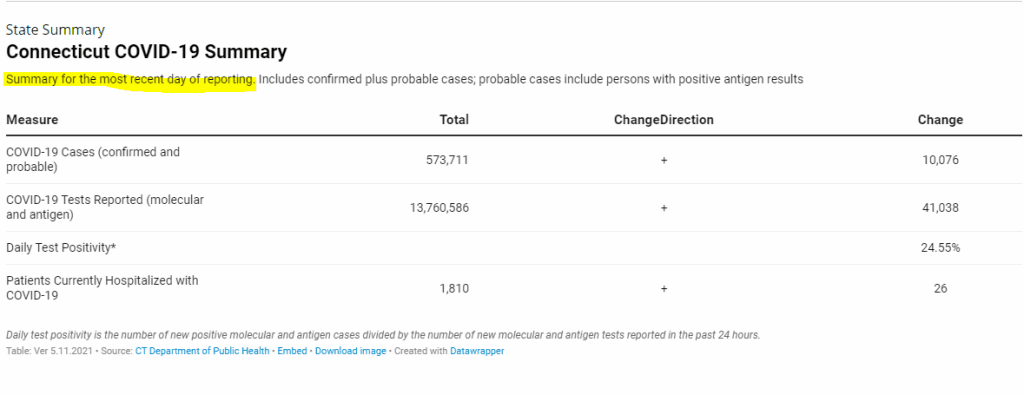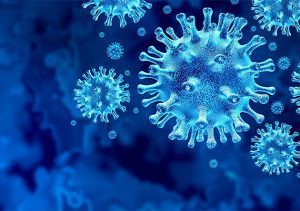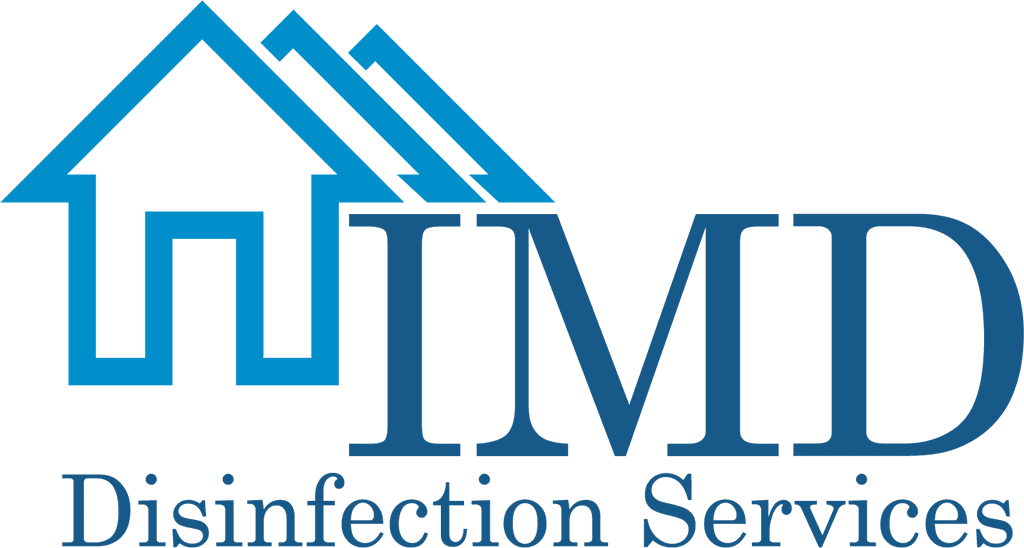by Ian Dane | Jan 8, 2022 | Home Disinfecting

Connecticut COVID cases reported for Jan 7th 2022
From the State of Connecticut COVID tracking website here; https://portal.ct.gov/coronavirus/covid-19-data-tracker. There were over 10,000 new cases of covid reported for Jan 6th – 7th.
IMPORTANT LINKS
IMD Company Website
https://imddisinfectingservice.com
IMD YouTube Channel
https://www.youtube.com/channel/UCiE0Bdo2NpctULT2qBd8kTg
by Ian Dane | Jan 5, 2022 | Disinfecting Services

Disadvantages of UV light disinfection
Disadvantages of UV light disinfection
Ultraviolet (UV) rays are a radioactive component of sunlight. Studies have shown that UV light can kill airborne COVID-19 particles and help disinfect surfaces. For this reason, some hospitals, public transit, and other public locations are using UV light to help disinfect areas when they are not occupied by people. Other UV systems use air circulation to force the air through a UV light. While helpful for cleaning, UV light has not been shown to prevent COVID-19 infection in humans or to kill the virus in infected patients. Furthermore, UV light damages human tissue and can cause cancer.
The two main disadvantages are the fact that aside from being a known carcinogen, UV systems require continuous movement of air, which keeps the pathogens airborne longer. Airborne particles being cycled through these modified HVAC systems follow the airflow. Ask yourself; “who wants to sit by the intake and outflow vents sucking in/out all those particles before they get to the UV light portion of the closed system?”. Furthermore, commercial UV HVAC systems are extremely expensive. A private school in Greenwich CT recently installed 2 of these systems in the cafeteria (ceiling located system). Each unit costs 250,000USD before installation and maintenance and the children are only marginally safer.
by Ian Dane | Jan 4, 2022 | Home Disinfecting
IMD coined this phrase to encompass what our service does for you. The electrostatic application of the safest most effective solutions to eliminate health threats quickly and economically is what we do. Not only does our service eliminate all known viruses and bacteria, it also kills/prevents regrowth of molds and mildew, as well as eliminating all known allergens and pathogens dangerous to humankind (all mammals). As an added benefit, the solution also deodorizes by destroying what causes odors, not just covering one smell with another.
Think of the amount of time people spend confined/indoors. These environments get exposed daily to human traffic and seasonal changes. These combined with closed HVAC systems encourage the collection and spreading of the many threats we address. With scheduled maintenance (as little as twice a year) you can have these health threats removed from your home, workplace, or vehicular (car/boat/aircraft) environment.
By bettering the health of your environment, you are improving your health, the health of all those around you, and our planet.
Click here to start making your world better – https://imddisinfectingservice.com/contact-us/
by Ian Dane | Jan 4, 2022 | Home Disinfecting
What is the difference between cleaning/sanitizing/disinfecting?
Let’s define our terms;
to clean – to be free from dirt, marks, or stains
to sanitize –to clean and make hygienic
to disinfect-to cleanse in order to destroy bacteria and viruses
In broad terms cleaning makes an area presentable, sanitizing makes it safer by reducing levels of infectious germs, and disinfecting makes it safest by focusing on the elimination of those germs.
The best way to sanitize and disinfect includes using a safe effective solution on all surface areas. This is achieved through electrostatic application (link to our electrostatic spraying page), which charges the solution so it is attracted to (and wraps around) all surfaces. At IMD we sanitize and disinfect your home or workplace electrostatically to make your world healthier. Our solutions are the safest made, harmless to all mammals (including pets and children) while being 80-100 times more effective than bleach. They combine a 99.9% lethality with short dwell time (2 minutes) and quick evaporation (15 minutes) making your world healthier.
by Ian Dane | Jan 3, 2022 | Home Disinfecting

How long can COVID19 survive on surfaces?
Please read this carefully as the latest data shows that COVID survives much longer than originally thought in addition to mutating to create new variants.
A recent study published in the Virology Journal found that the Coronavirus can survive on many surfaces such as glass, stainless steel, cell phones, and even paper money for 28 days. This study also confirmed that COVID survives longer on smooth/non-porous surfaces but that even on cotton it can survive for 14 days at room temperature of 68 degrees Fahrenheit.
Larry Marshall, the CEO of Australia’s national science agency CSIRO, said “Establishing how long the virus really remains viable on surfaces enables us to more accurately predict and mitigate its spread and do a better job of protecting people”. ie. it gives us better data to set a schedule for surface treatments.
Source: https://www.webmd.com/lung/news/20201012/coronavirus-survives-on-surfaces-for-weeks-study



